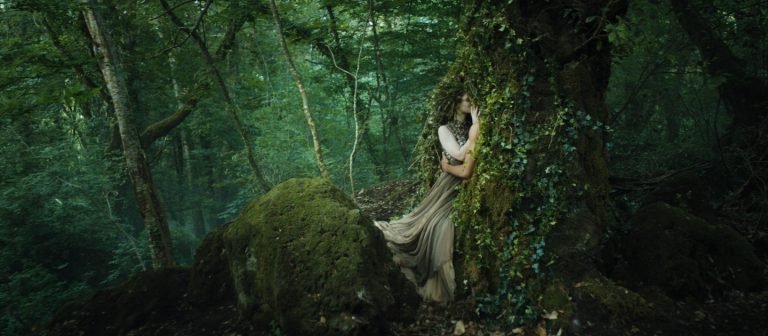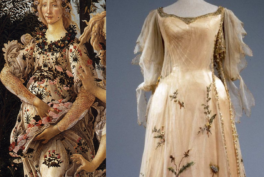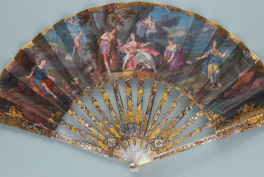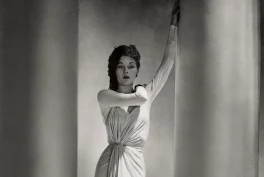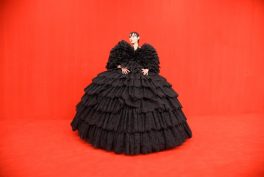Maria Grazia Chiuri is famous for creating spectacular collections and phantasmagorical shows. Each show is unique, not just for the beautiful clothes, but also for the attention to detail. Chiuri’s goal is to showcase women artists and to use the runway as a means to promote feminism. However, on the occasion of the Dior AW 2020-21 collection, she knew she couldn’t have a real show. Along with her team, they started working on the collection during the quarantine. Therefore, the line had to emerge from a dream or fantasy world. Thus, Chiuri created a collection full of art and historical references. Moreover, she had a very innovative idea in order to show the line to the world: the creation of a short film.
Surrealism
This isn’t the first time Chiuri has featured surrealism in her collections. Besides, surrealism fits perfectly with the history of Dior. In 1933, Dior was the first to organize an exhibition on surrealists. In addition, some of Chiuri’s most favorite female artists are surrealists. So, for the AW 2020-21 collection, she drew her inspiration from Lee Miller, Dora Maar, Dorothea Tanning, Leonora Carrington, and Jacqueline Lamba. As Chiuri stated,
“Surrealist images manage to make visible what is in itself invisible. […] I am interested in mystery and magic, which are also a way of exorcising uncertainty about the future.”
– Maria Grazia Chiuri for the Dior AW 2020-21 collection, DIOR.
In the look book of the line, we see muted metallic colors next to cool-toned ones, reminding us of Carrington’s and Tanning’s color palettes. Also, each design exists in a funhouse of Escher-like staircases and mazes, collaged body parts, and mythical creatures and symbols. Finally, the placement of the haute couture designs in front of black-and-white, distorted backgrounds reference Dali‘s and Man Ray‘s fashion shoots for Vogue and Harper’s Bazaar.
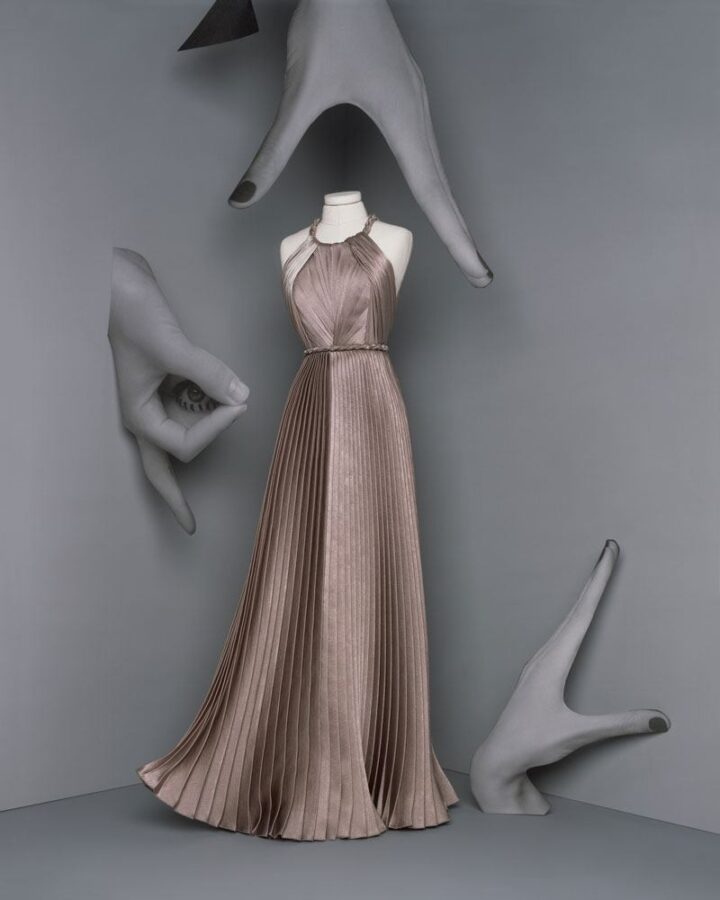
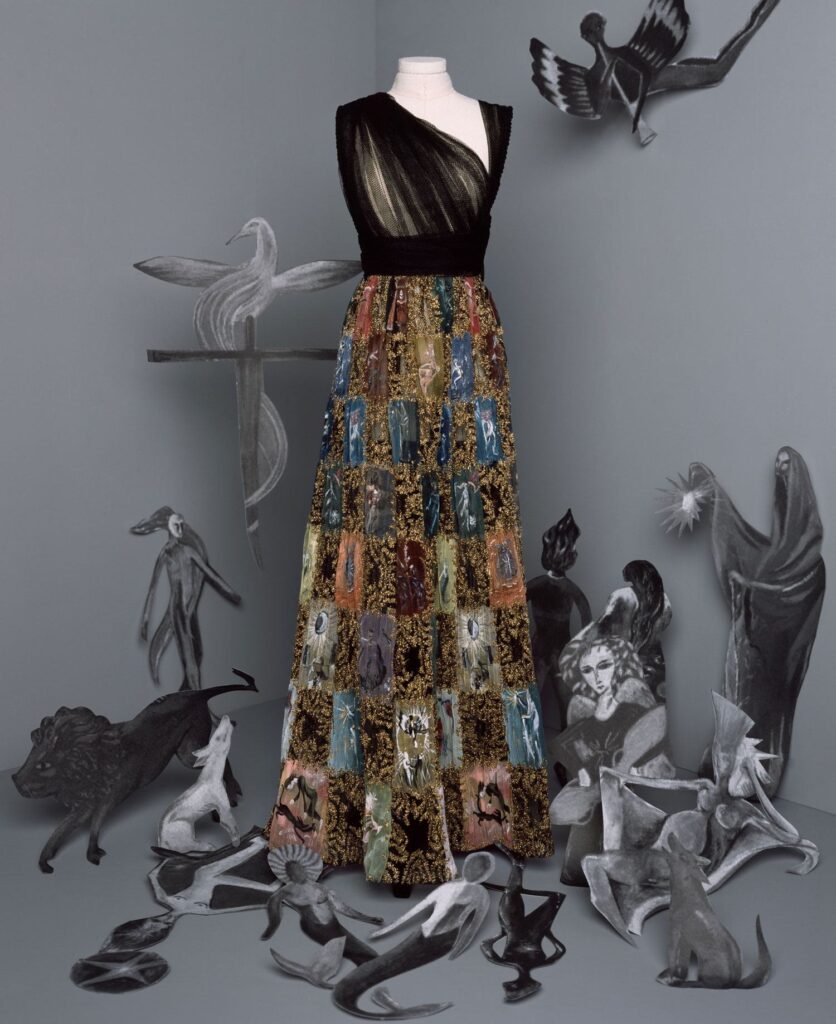
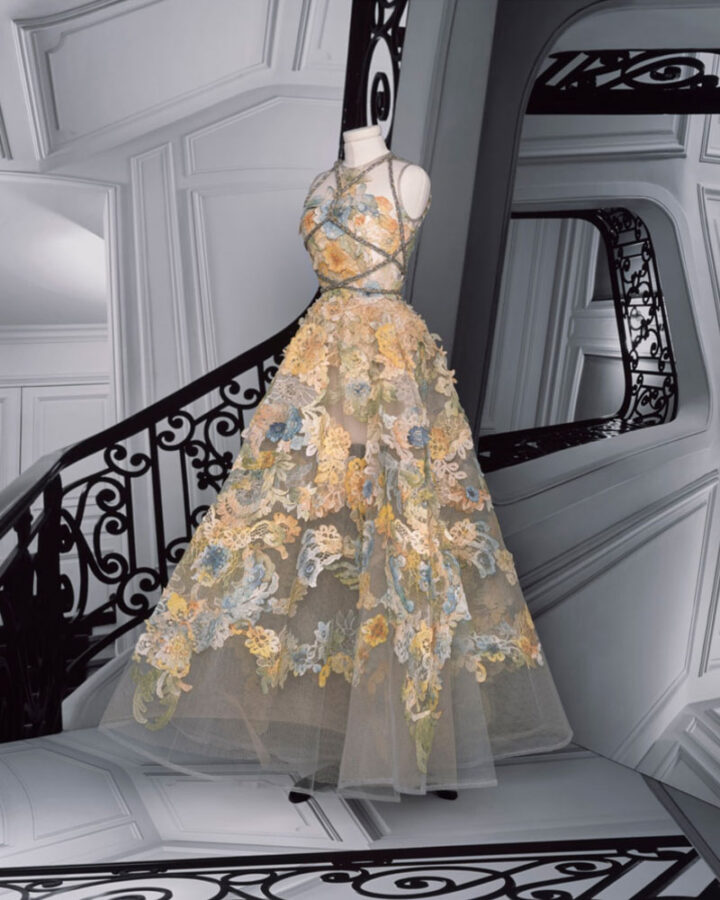
Ophelia and the Pre-Raphaelites
For the presentation of the Dior AW 2020-21, Chiuri worked with the filmmaker Matteo Garrone. Garrone is inspired by art and mythology. So, the result of this collaboration was the short film, Le Mythe Dior. While watching it, one can easily observe that it is like a Pre-Raphaelite painting coming to life. The references to Dante Gabriel Rossetti‘s red-haired women are omnipresent. Also, another reference is John Everett Millais’ Ophelia. There are also mermaids, sea nymphs, shelled creatures, and other mythical beings.
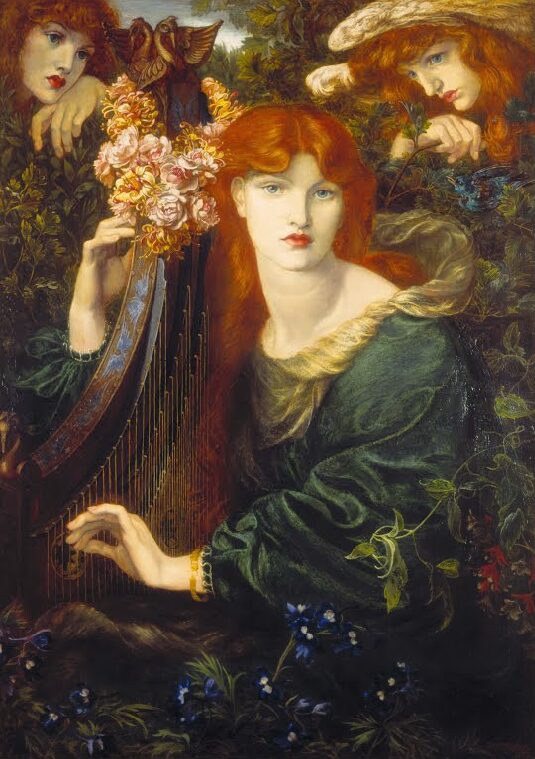
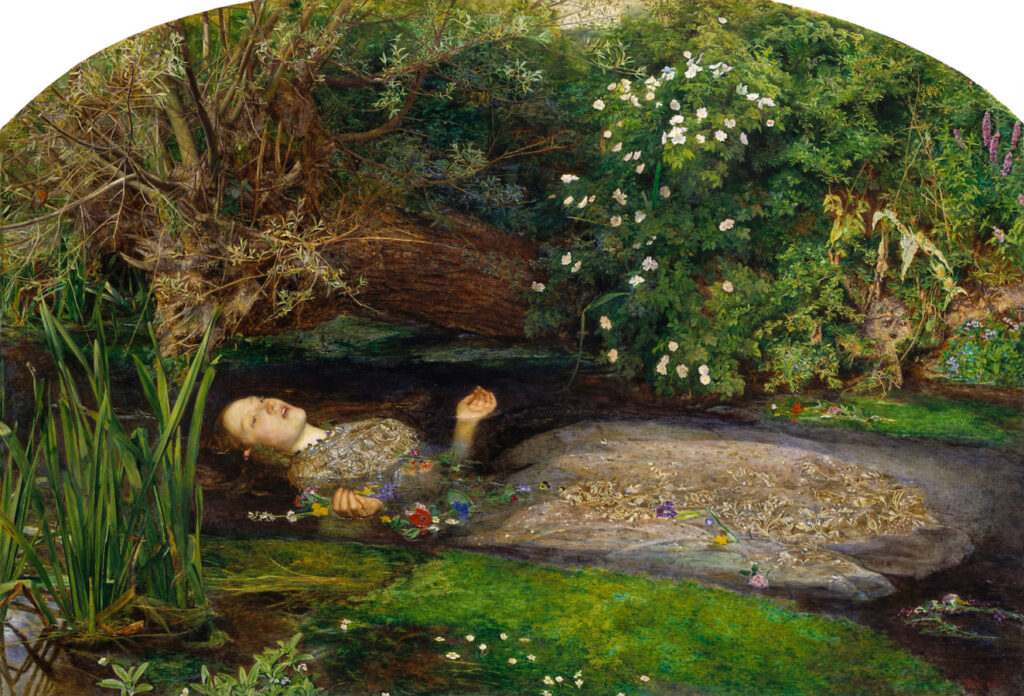
In the film, two men hold a trunk that has miniature mannequins, wearing the Dior AW 2020-21 couture. The two men travel with the trunk and disrupt each scene. When each mythical creature sees the couture, she is in awe and becomes alive, just like the dolls in the ballet Coppélia.
The trunk is the façade of the building in 30 Avenue Montaigne. This is where Christian Dior helped in re-establishing Paris as the world’s fashion capital.
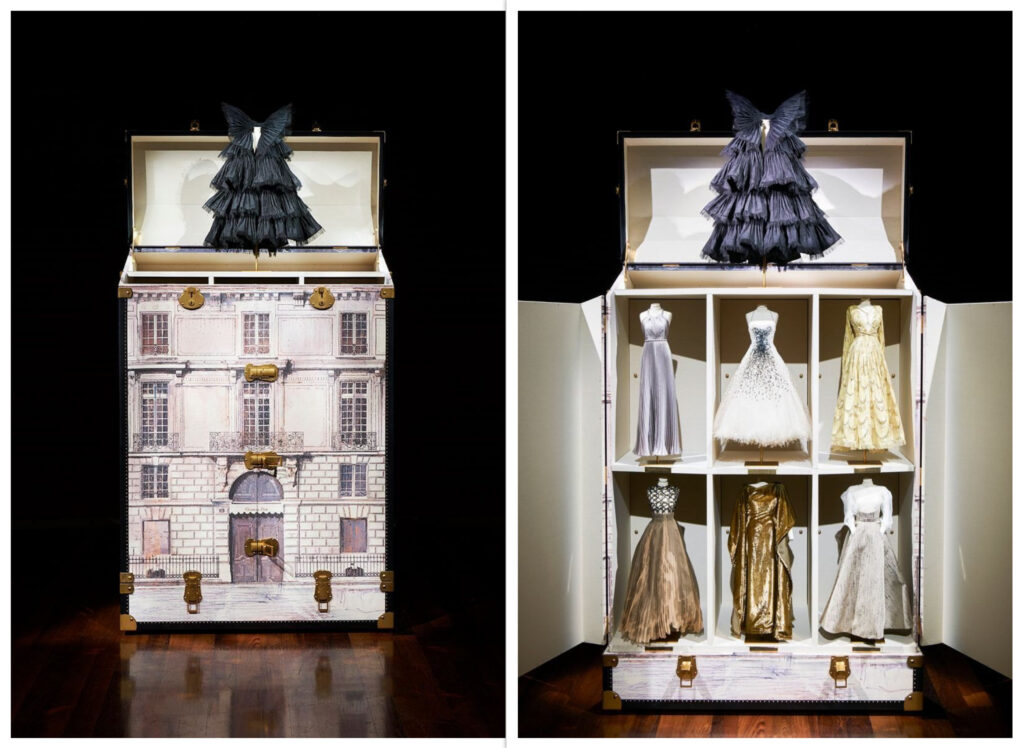
Théâtre de la Mode
The travelling trunk is a historical reference to the Théâtre de la Mode. During World War II, artists and fashion designers of Paris collaborated, they came together to create dolls that travelled around the world. So, the designers made the couture and the artists the setting and decor. The goal was to show that the French haute couture was very much alive. Despite the circumstances, it hasn’t lost its prestige and enchantment.
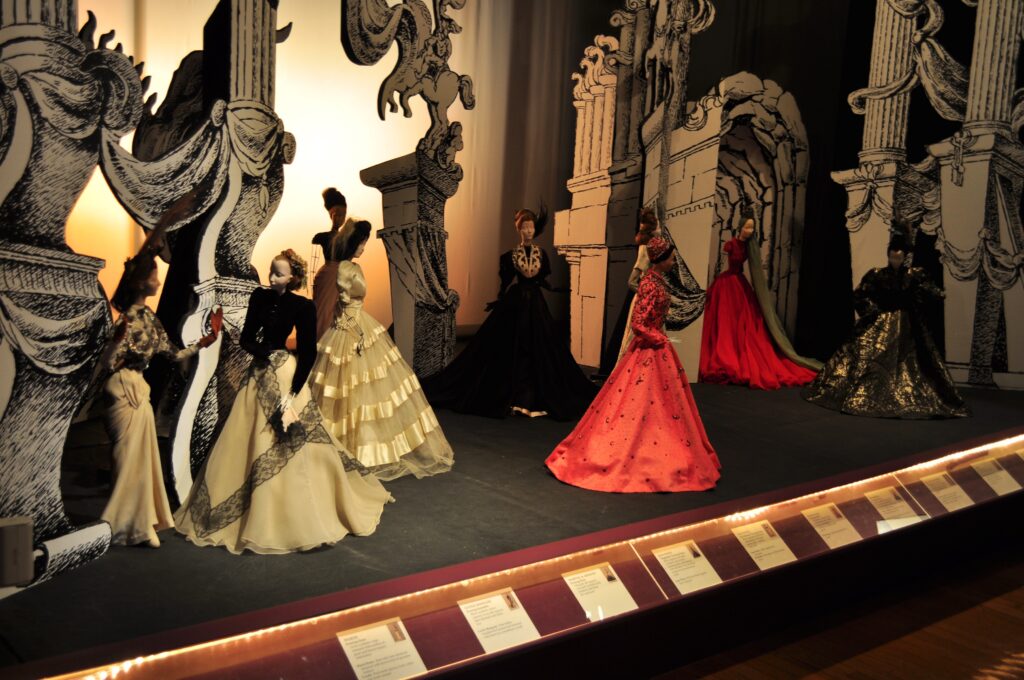
If you are into fashion, we suggest some further reading:
